Located in Pinang Tunggal, the over-a-century-old relic sets Penang's history in stone.
If you've already made it to the George Town World Heritage Site, done the Penang Hill Biosphere Reserve, and sampled the street food, then seek out and explore this over-a-century-old relic on the opposite side of the island—Seberang Perai.
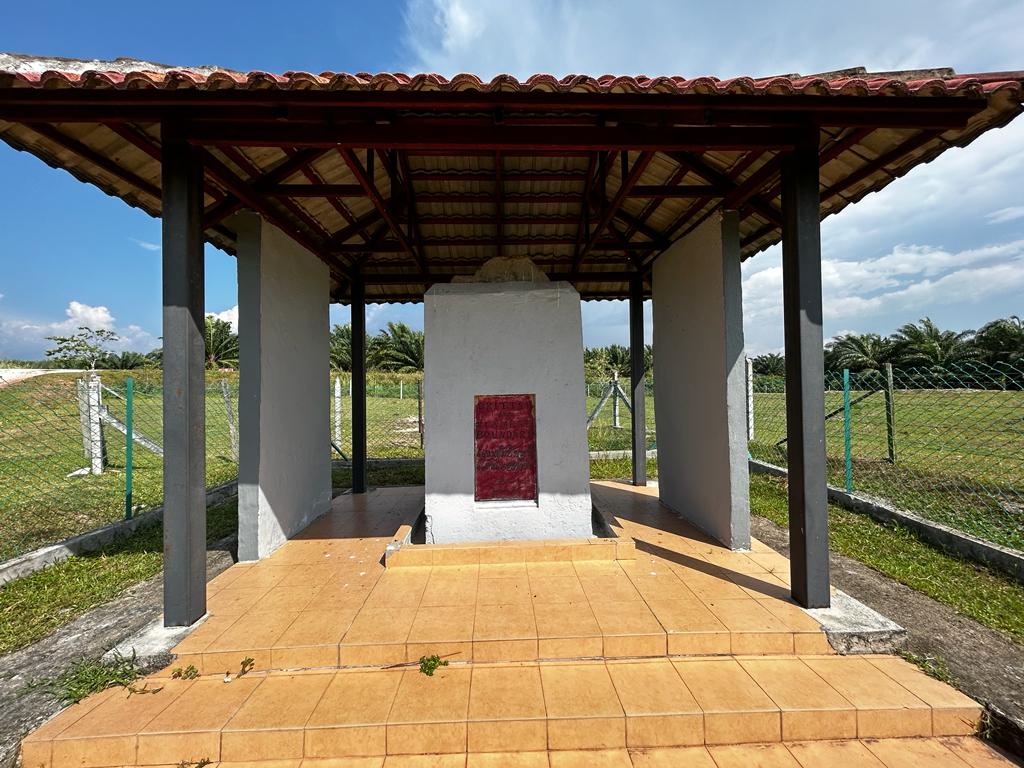
Ask visitors what brought them to Penang, and you'll find a wide range of answers: the delicious street food, the breathtaking mix of the old and new in the George Town UNESCO World Heritage Site, and the scenic greenery of the UNESCO-designated Penang Hill Biosphere Reserve. But as well as the more prominent places to visit in Penang, the state is full of many interesting historical sites, including an important monument worth visiting for history-loving tourists—the British-Siamese Boundary Stone in Seberang Perai.
Setting Penang’s history in stone
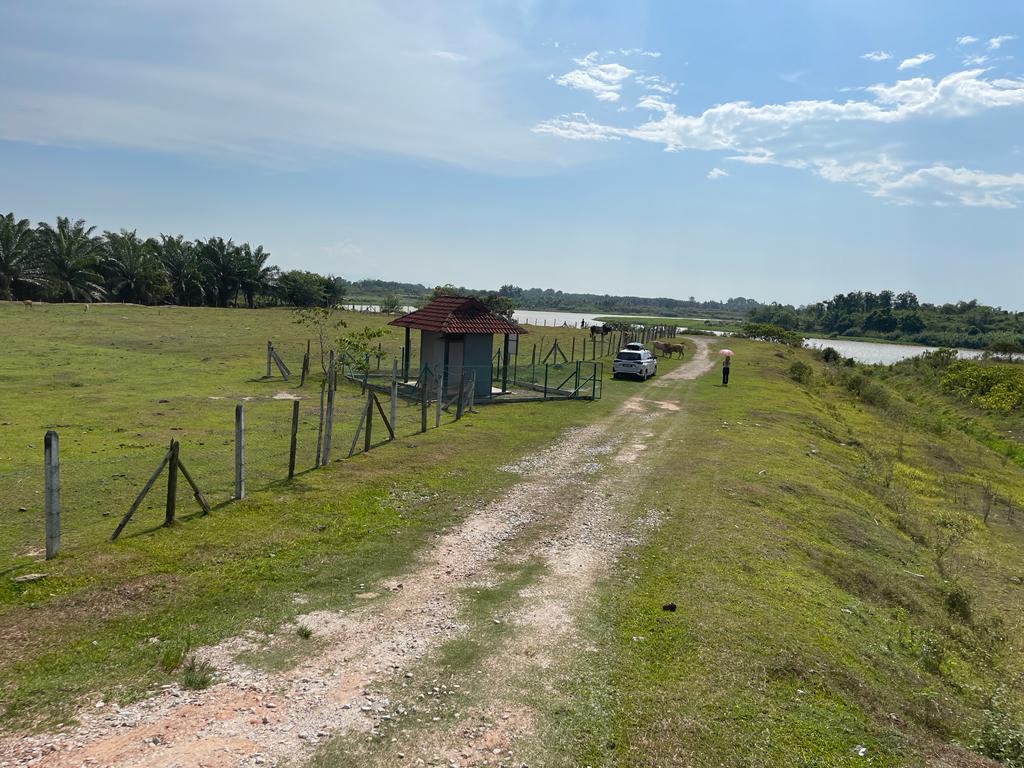
Located in the small village of Pinang Tunggal in the northeastern corner of Seberang Perai Utara district is the British-Siamese Boundary Stone, which has stood for over a hundred years. Only a few knew about its existence and importance until 1989, when a mechanic stumbled upon it and mistook it for a control of irrigation gates.
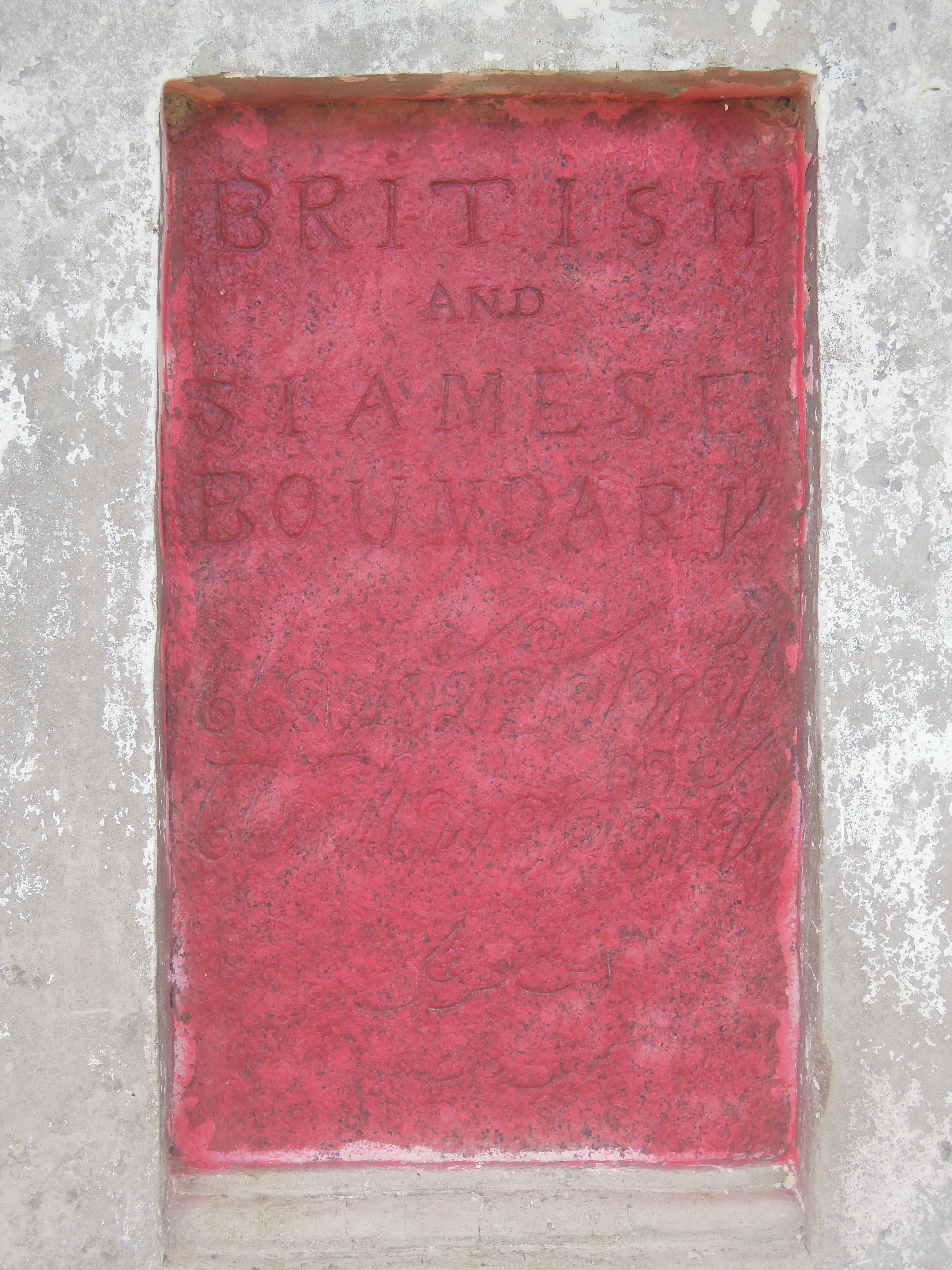
The inscriptions in the English, Thai and Jawi scripts. Photo credit: Penang Monthly.
Later research would show that the marker–with its engraved English, Thai, and Jawi letterings–could have been erected by the British in 1869 following a treaty between Great Britain and Siam (present-day Thailand) to demarcate the border between Kedah and Penang. [1] At the time of the signing of the treaty, Penang was known as a British “Straits Settlement” while Kedah was under the influence of the Kingdom of Siam.
Other than demarcating the border between the then Siamese-influenced Kedah and British-ruled Penang, it also played a crucial role in protecting the village from potential threats by the Siamese army. According to Clement Liang, a council member of Penang Heritage Trust, the Siamese held deep apprehension towards the British Imperial power. At that time, the British sought to expand their influence into Southern Thailand, including places like Phuket, renowned for its abundant tin deposits and other valuable natural resources. Knowing better than to challenge or confront the British, Siam was constantly reminded of their separate territories by these boundary stones.
Today, the significance of the British-Siamese Boundary Stone cannot be understated. The stone marker—along with other historic treaties, agreements and Federal Constitution—proved that Penang is a standalone state. “Some people may seek to claim that Penang is part of Kedah or claim water payments from Penang. However, there are official documents and laws that state otherwise.
“Clearly, Penang’s status as a standalone state in Malaysia is not only enshrined in the Federal Constitution; it has been set in stone since 1869 near Sungai Muda in Pinang Tunggal.
“With this in mind, the 1869 boundary marker stone will be conserved and protected to remind all Penangites about the reality and facts behind the history of their home state”, said former CEO of PBA Holdings Bhd and Perbadanan Bekalan Air Pulau Pinang Dato’ IR. Jaseni Maidinsa. [2]
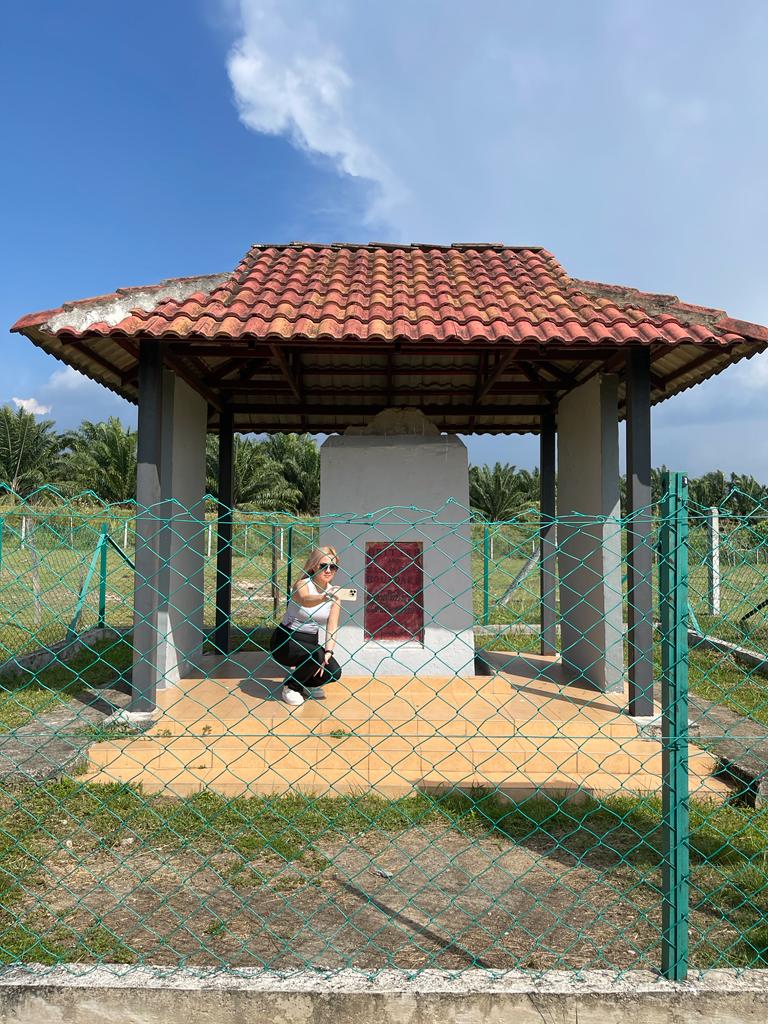
A visitor taking a photograph with the relic for posterity.
Restoration and preservation of the boundary stone
Pinang Tunggal Revisit [3] writers and local residents Norizan Abu Bakar and Azri Alias took an interest in the stone marker when they were youth growing up in the village in the 90s. They recalled that the relic was in various states of disrepair and was not accessible by many.
“It was difficult to approach the marker because it was in the middle of paddy fields with only a narrow border connecting the marker. We also had to climb a barbed wire fence before walking on the narrow border”.
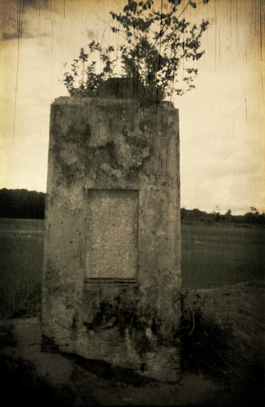
A photo of the boundary stone in 1998, when it was surrounded by paddy fields. Photo courtesy of Norizan Abu Bakar and Azri Alias.
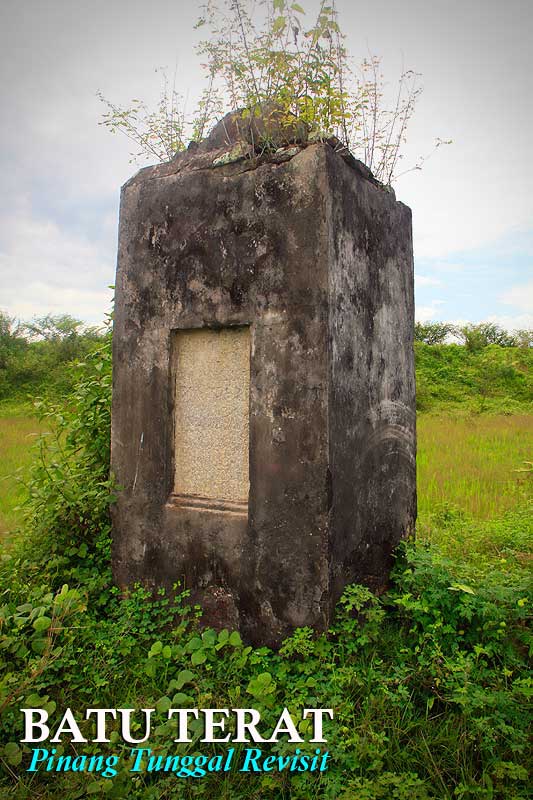
The condition of the boundary stone in 2010. Photo courtesy of Norizan Abu Bakar and Azri Alias.
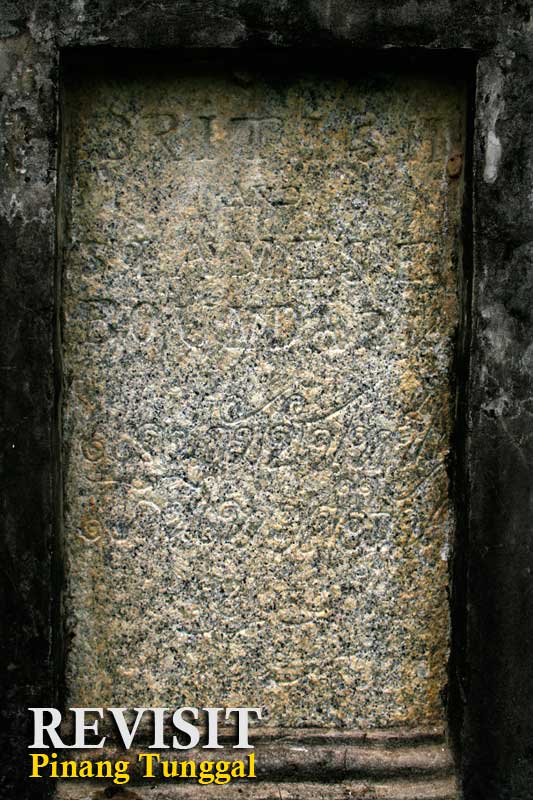
Close-up of the engraved granite in 2010. Photo courtesy of Norizan Abu Bakar and Azri Alias.
Fortunately, conservation and restoration works have been carried out to ensure that the stone is protected from natural elements and accessible to visitors. The path that leads to this site is now tarred and the fields have been cleared for ease of entry. A roof structure has been built, and a fence has been set up to protect the historical monument.
At the same time, more will be done to continue to protect the relic. "This boundary stone holds significant historical value, and I have instructed the Heritage Commissioner to list it as a state heritage and apply to the National Heritage Department for national heritage status," said Penang State Exco for Tourism and Creative Economy Yeoh Soon Hin.[4]
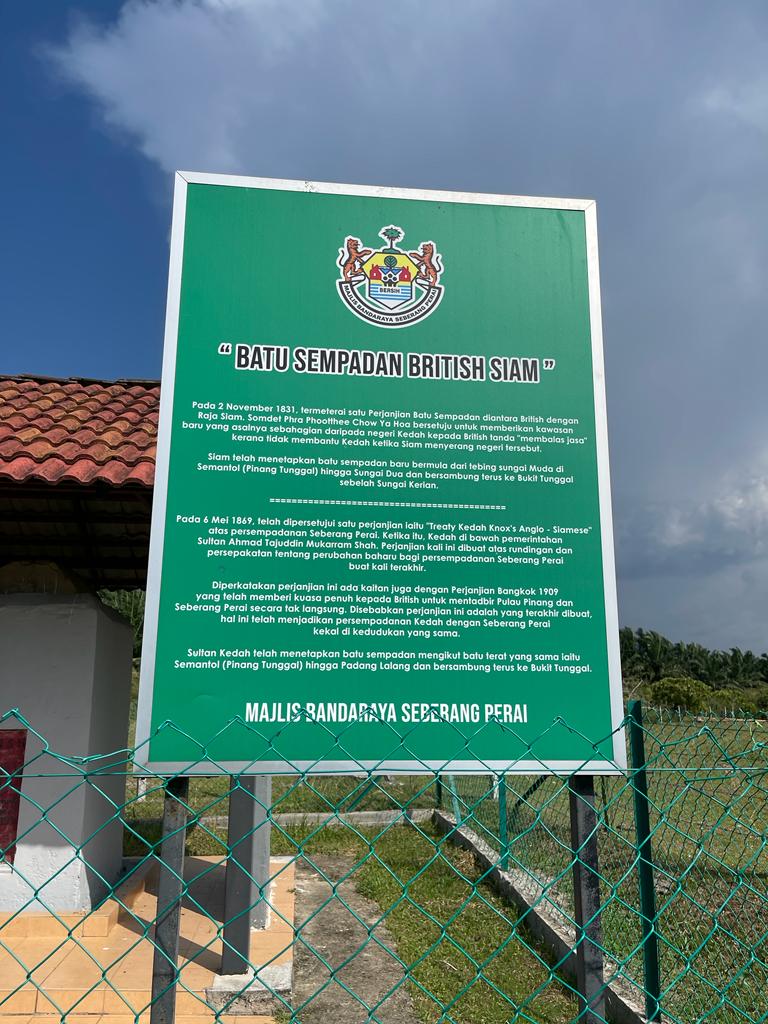
Informational signage at the British-Siamese boundary stone. The signage provides historical context and educates tourists about the significance of the boundary stone in the region's history.
Nearby places of interest
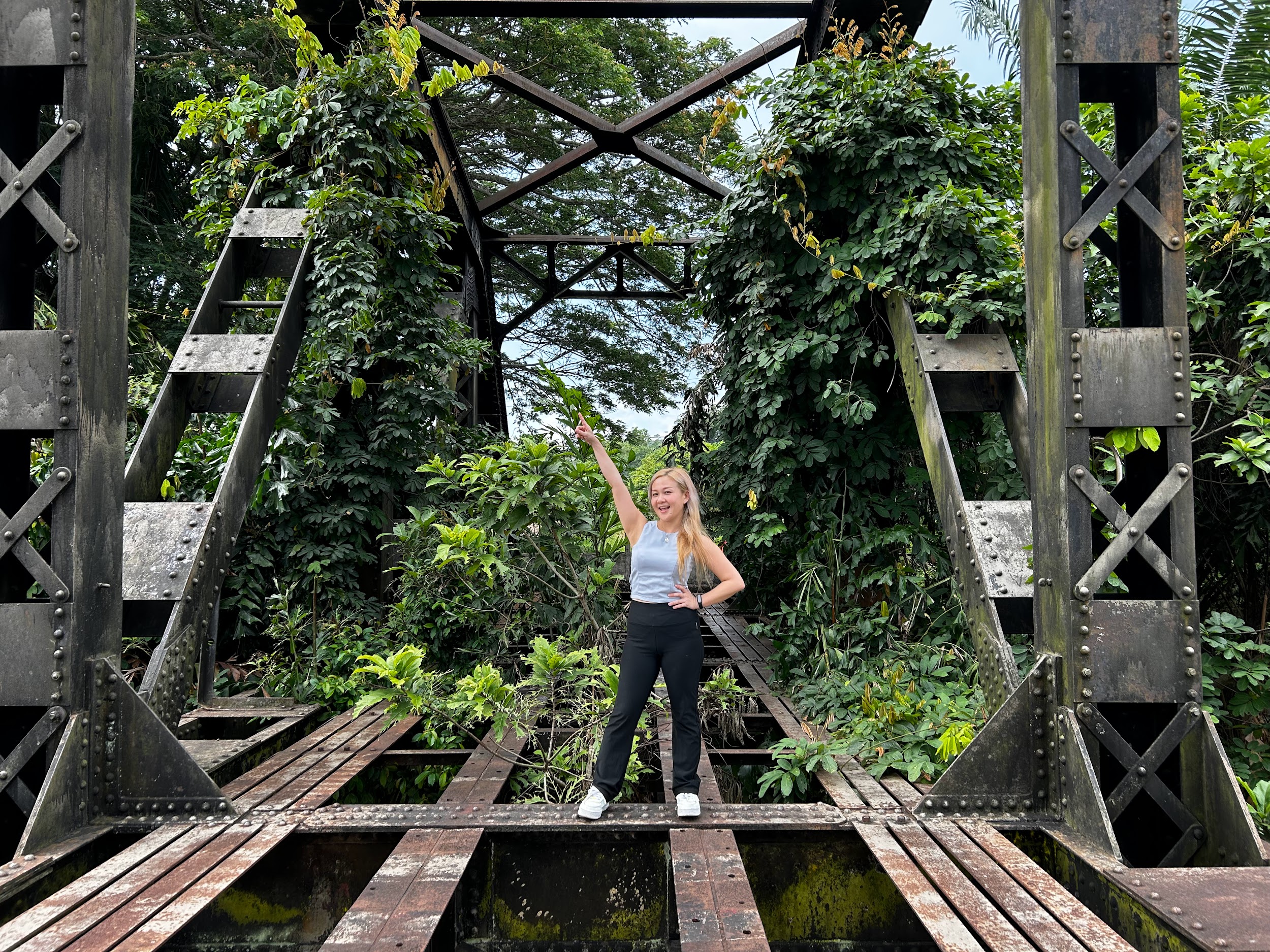
Jambatan Keretapi Pinang Tunggal.
After you’ve visited the British-Siamese Boundary Stone, there are a few other nearby heritage sites that definitely warrant a visit, too. Be sure to check out Jambatan Keretapi Pinang Tunggal, a solid black-coloured wrought iron bridge that hulks over the Muda River. Thought to have been erected between 1912 and 1915, it is an example of early British engineering that still survives today.

Then, head on over to Jambatan Merdeka in Bumbung Lima. With its graceful bowstring-shaped deck arches, the bridge doesn’t just connect the states of Kedah and Penang — it is also one of the most historic interstate bridges because it was officially opened by then Prime Minister Tunku Abdul Rahman in 1957, the year the country gained independence.
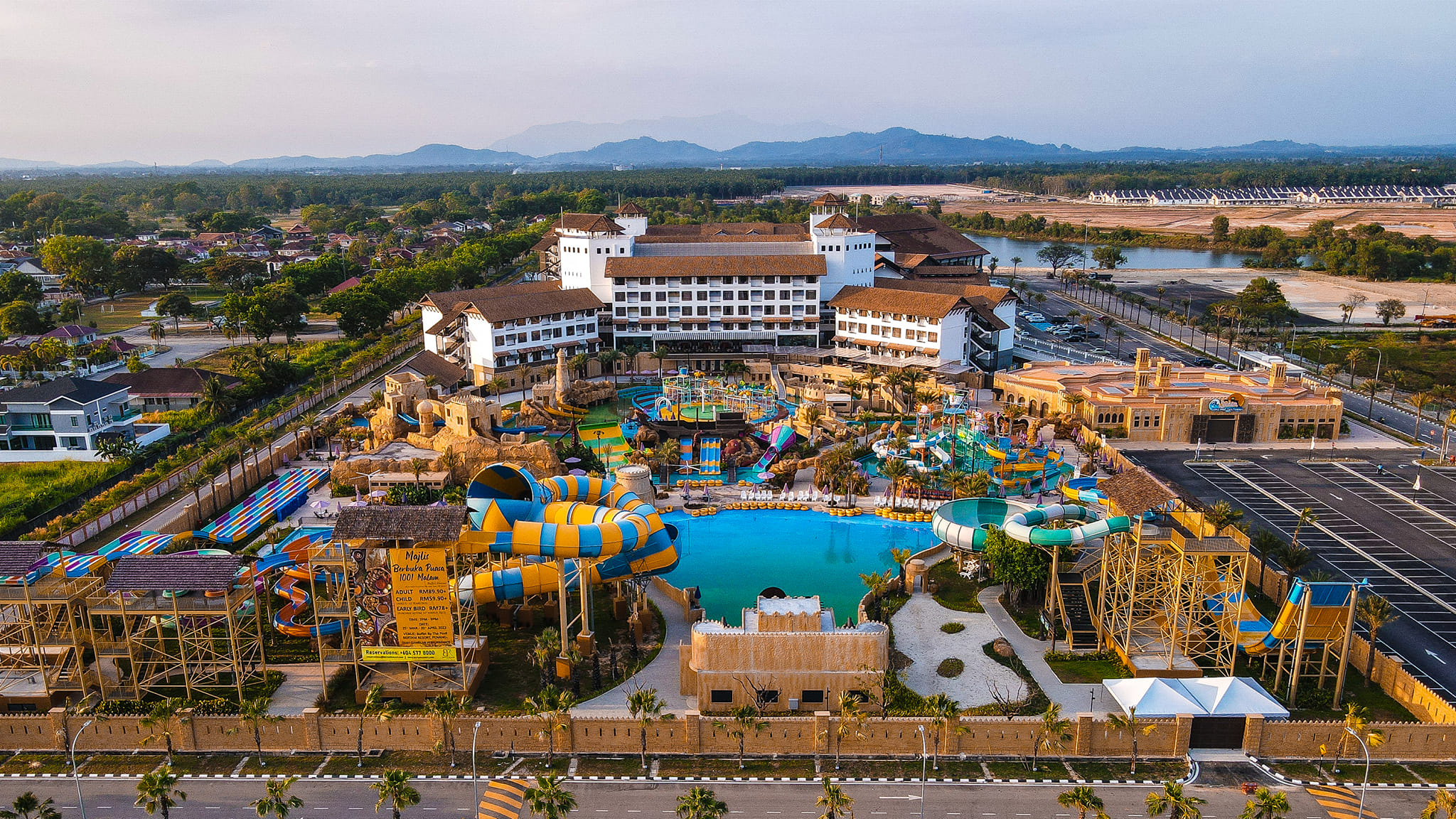
Bertam Souk and Waterpark. Credit: Bertam Souk & Water Park.
Those looking to splash around in a pool or experience the thrill of a fantastic water slide will do well at the newly opened Bertam Souk and Waterpark. There are more than a dozen thrilling rides, the most famous and most exciting being the Voyager, Blue Lagoon and Rush Racer.
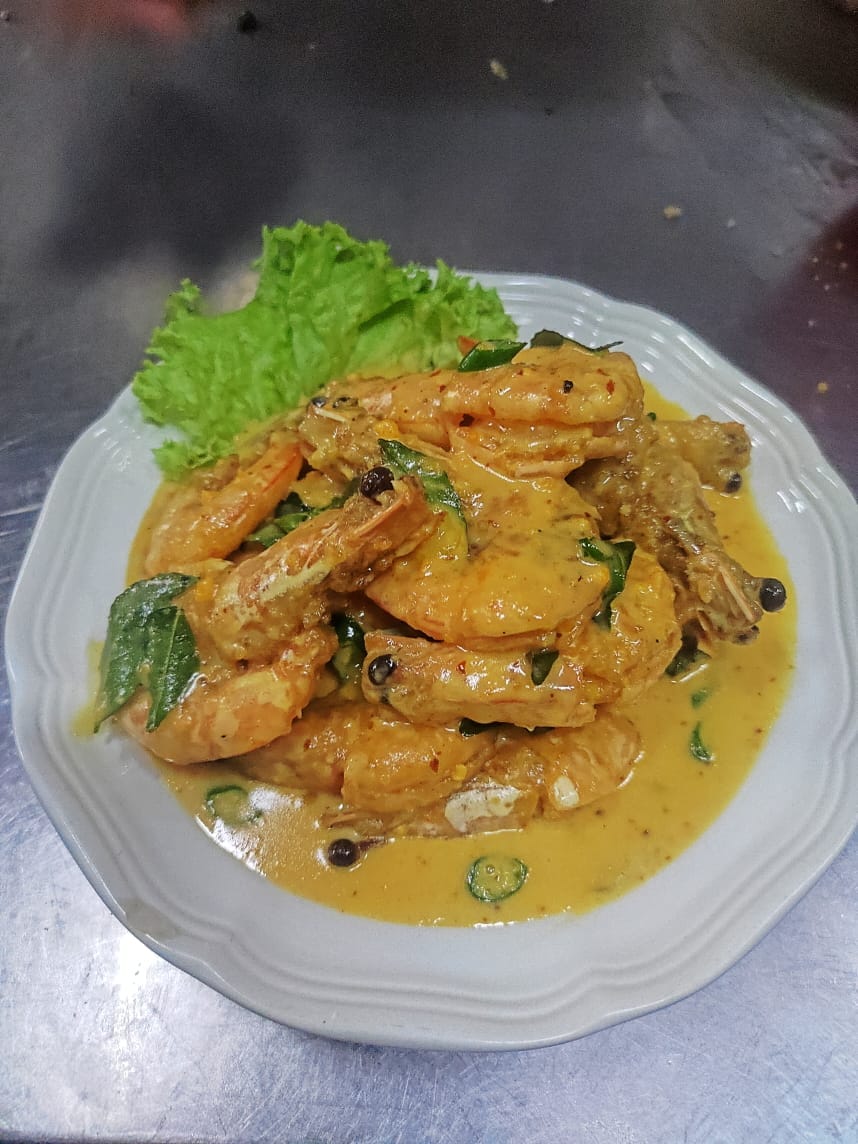
Salted egg prawn. Credit: Restoran Muhamad Loh
Don't forget to satisfy your cravings for halal Chinese-style dishes at the Restoran Muhamad Loh in Bertam Perdana. This hidden gem offers a diverse menu of authentic Chinese Muslim dishes—from mouth-watering dumplings and noodles to flavourful stir-fries and soups—that are sure to tantalize your taste buds. The cozy ambiance and friendly service only add to the charm of this wonderful restaurant, making it a must-visit for any foodie exploring Kepala Batas.
Certainly, the area surrounding the British-Siamese Boundary Stone has something for everyone, whether you’re a history buff, an adrenaline junkie, or a foodie. Make sure to add these attractions to your itinerary.
[2]https://pba.com.my/pdf/news/2021/16122021_Penang_Historical_Stone3A.pdf
[3]http://penangtunggal.blogspot.com/2012/08/misi-mencari-kembar-terat-batu.html